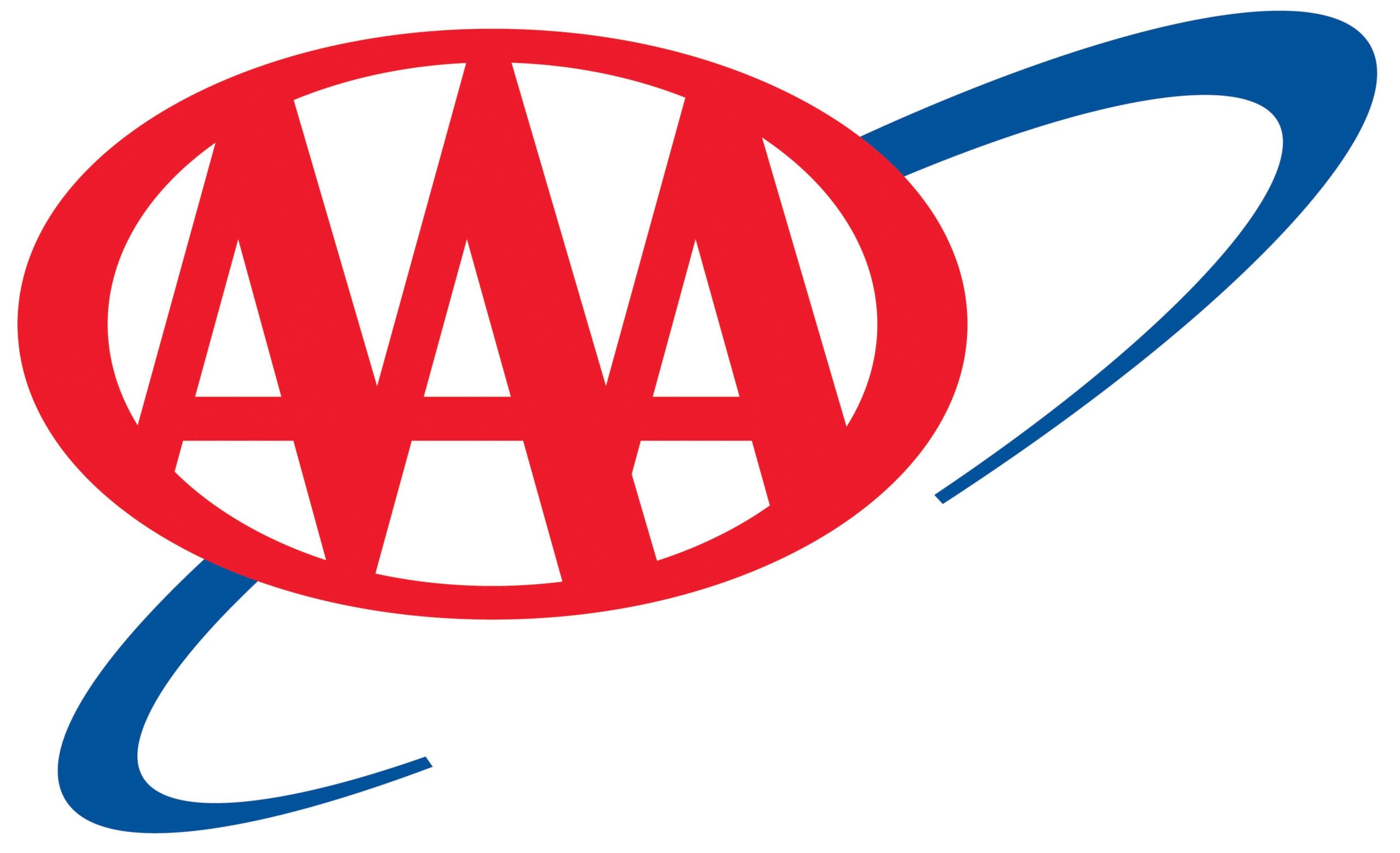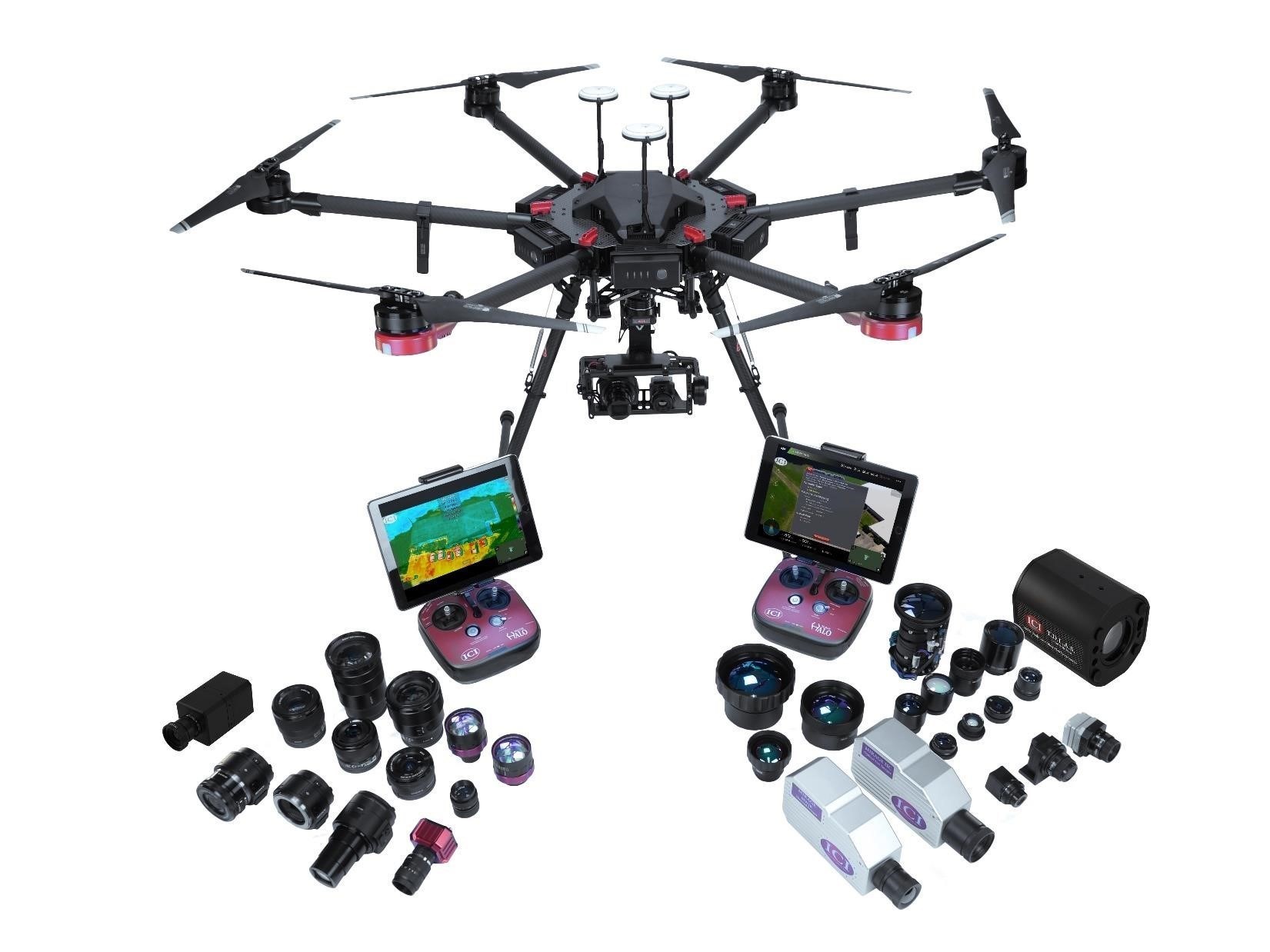AAA: Fear of Self-Driving Cars on the Rise

The results of AAA’s annual automated vehicle survey show that while there is still a high level of interest in partially automated vehicle technology, attitudes toward fully self-driving vehicles have become increasingly apprehensive. This year there was a major increase in drivers who are afraid, rising to 68% as compared to 55% in 2022. This is a 13% jumpfrom last year’s survey and the biggest increase since 2020*. AAA believes automakers must be diligent in creating an environment that promotes the use of more advanced vehicle technologies in a secure, reliable, and educational manner. This includes the consistent naming of vehicle systems available to consumers today.
“This significant decline in trust of automated vehicles was not something we were expecting,” said Mike Hoshaw, vice president of automotive services, AAA East Central. “But when you consider the number of high-profile crashes that occur from over-reliance on current vehicle technologies, it’s not a complete surprise.”
Even with advancements made in recent years, these findings suggest improvements are still needed to build public trust and knowledge surrounding emerging vehicle technology. There is also a need to dispel confusion around automated vehicles. AAA’s survey found that nearly one in ten drivers believe they can buy a vehicle that drives itself while they sleep. Currently, there is no such vehicle available for purchase by the public that would allow someone to fully disengage from the task of driving.
This perception could stem from misleading or confusing names of vehicle systems that areon the market. AAA found that 22% of Americans expect driver support systems, with names like Autopilot, ProPILOT, or Pilot Assist, to have the ability to drive the car by itself without any supervision, indicating a gap in consumer understanding.
What are Advanced Driver Assistance Systems (ADAS)? Consumers aren’t entirely opposed to advanced vehicle technology. In fact, six in ten U.S. drivers would “definitely” or “probably” want these systems in their next car purchase.
- Examples of ADAS include blind spot warning, adaptive cruise control and automatic emergency braking. Check out AAA’s Clearing the Confusion, which provides naming and descriptions of ADAS in a consistent, easy-to-understand manner.
- Active driving assistance (ADA) is also considered ADAS. However, it differs in its functionality from other systems. ADA combines braking, accelerating, and steering through a combined use of adaptive cruise control and lane keeping assistance. This technology actively assists the driver versus other ADAS that only turns on when needed. ADA is also the only ADAS classified as Level 2 automation as defined by the Society of Automotive Engineers.
What is a fully self-driving vehicle?
- A vehicle capable of operating without human involvement. A human driver is not required to control the vehicle at any time, nor required to be present in the vehicle while moving. These vehicles are not available for purchase by consumers and are classified as Level 5 automation as defined by the SAE.
AAA seeks to partner with automakers to create greater consistency across the industry. Consumers need to understand the type of technology their vehicle has along with how, when and where to use these systems.
*AAA has conducted its annual Autonomous Vehicle (AV) Survey since 2016; data not comparable to years prior to 2021 due to change in methodology.
Methodology
The survey was conducted January 13-17, 2023, using a probability-based panel designed to be representative of the U.S. household population overall. The panel provides sample coverage of approximately 97% of the U.S. household population. Most surveys were completed online; consumers without Internet access were surveyed over the phone.
A total of 1,140 interviews were completed among U.S. adults, 18 years of age or older, of which 949 qualified for the study. The margin of error for the study overall is 4.3% at the 95% confidence level. Smaller subgroups have larger error margins.
AAA East Central is a not-for-profit association with 70 local offices in Kentucky, New York, Ohio, Pennsylvania and West Virginia serving 2.7 million members. News releases are available at news.eastcentral.aaa.com. Follow us on Twitter and Facebook.




